The Crucial Role of Gears in Mechanical Systems
Mechanical systems, whether in industrial machinery or agricultural equipment, rely on a variety of components to function effectively. Among these essential parts, gears play a pivotal role in transmitting power and motion. From the gearbox gear that forms the core of power transmission within a gearbox to the drive gear that initiates the movement of a system, and the specialized bevel gears that change the direction of motion, gears are integral. In the agricultural sector, components like wheat machine gear and deep tiller gear are vital for the proper functioning of farming equipment, ensuring efficient crop processing and soil cultivation.
The Inner Workings of Gearbox Gears
A gearbox gear is at the heart of a gearbox, a crucial element in numerous mechanical setups. Gearboxes are designed to change the speed, torque, and direction of power output, and the gears within them are the key to this transformation. These gears come in different sizes and tooth profiles, with each pair meshing precisely to transfer rotational force. For instance, in automotive transmissions, a set of gearbox gears work in tandem to shift gears, allowing the vehicle to accelerate, decelerate, and maintain different speeds. The precise engineering of these gears ensures smooth operation, minimizing wear and tear while maximizing power transfer efficiency. When a driver shifts gears, the gearbox gears engage and disengage, altering the mechanical advantage and enabling the engine to operate at its optimal performance range.
Drive Gears: The Catalysts of Motion
Drive gears serve as the starting point for motion in many mechanical systems. They are typically connected to a power source, such as an electric motor or an engine, and transfer the rotational energy to other components in the system. In a conveyor belt system, for example, a drive gear attached to the motor rotates and meshes with a driven gear, which in turn drives the conveyor belt. The size and tooth configuration of the drive gear determine the speed and torque of the system. A larger drive gear will rotate more slowly but generate higher torque, while a smaller one will spin faster with less torque. In industrial machinery, drive gears are often made from durable materials like hardened steel to withstand the high forces and continuous operation. Their reliability is crucial, as any failure of a drive gear can bring an entire production line to a halt.
The Versatility of Bevel Gears
Bevel gears are unique in their ability to change the direction of motion within a mechanical system. Unlike traditional parallel - axis gears, bevel gears have conical shapes and their teeth are cut at an angle. This design allows them to transmit power between shafts that intersect at an angle, usually 90 degrees, but it can vary depending on the application. In a differential of a vehicle, bevel gears play a critical role. As the vehicle turns, the differential uses bevel gears to distribute power to the wheels at different speeds, ensuring smooth cornering. In some industrial equipment, bevel gears are used to change the orientation of power transmission, enabling complex mechanical movements. The precision machining of bevel gears is essential to ensure proper meshing and minimize noise and vibration during operation.
Gears in Agricultural Machinery: Wheat Machine Gears
In the realm of agriculture, wheat machine gears are indispensable for the efficient harvesting and processing of wheat crops. Wheat harvesting machines, such as combines, are equipped with a variety of gears that work together to cut, thresh, and separate the wheat grains from the stalks. These gears need to be robust and durable to withstand the harsh conditions of the field, including exposure to dust, moisture, and varying temperatures. The wheat machine gears in the threshing mechanism, for example, must be able to handle the high - speed rotation and the impact of the harvested wheat. Any malfunction of these gears can lead to reduced crop yield and increased downtime for repairs. Regular maintenance and inspection of wheat machine gears are essential to ensure the smooth operation of the harvesting equipment and a successful harvest.
Gears in Agricultural Machinery: Deep Tiller Gears
Deep tiller gears are essential components of deep tillage equipment used in agriculture to prepare the soil for planting. Deep tillers break up compacted soil layers, improve soil aeration, and enhance water infiltration. The gears in these machines are responsible for driving the tines or blades that penetrate the soil. These deep tiller gears must be able to withstand high torque and stress as they work through tough soil conditions. They are often made from heavy - duty materials and designed with a large number of teeth to ensure a smooth and continuous operation. In addition, the gear ratios in deep tillers are carefully calibrated to achieve the optimal tilling depth and speed. Proper functioning of deep tiller gears is crucial for creating a suitable seedbed, which in turn promotes healthy plant growth and higher crop yields.
Gear - Related Considerations
Material Selection for Gears
Selecting the right material for gears, whether it's a gearbox gear, drive gear, bevel gears, wheat machine gear, or deep tiller gear, is of utmost importance. Common materials include steel, which offers high strength and durability, making it suitable for heavy - duty applications. Alloy steels are often used for gears that require enhanced wear resistance and toughness. For less demanding applications or where weight is a concern, materials like aluminum or plastic may be used. However, these materials have limitations in terms of strength and load - bearing capacity. When choosing a material for agricultural gears such as wheat machine gears and deep tiller gears, resistance to corrosion and abrasion from soil and crop debris is also a key factor.
Gear Maintenance and Lubrication
Regular maintenance and proper lubrication are essential for the longevity and optimal performance of all types of gears. Gears are subject to friction, which can cause wear and tear over time. Lubricants, such as oils or greases, reduce this friction, prevent overheating, and protect the gear surfaces from corrosion. For gearbox gears, periodic oil changes are necessary to remove contaminants and ensure smooth operation. In the case of bevel gears, especially those in high - speed applications, specialized lubricants may be required to handle the increased stress and heat generation. For agricultural gears like wheat machine gears and deep tiller gears, maintenance should also include cleaning to remove dirt and debris that can accelerate wear. Regular inspection for signs of damage, such as tooth breakage or excessive wear, is crucial to prevent catastrophic failures.
Gear Design and Engineering Considerations
The design and engineering of gears are complex processes that involve factors such as gear ratio, tooth profile, and load - bearing capacity. The gear ratio determines the relationship between the speed and torque of the driving and driven gears. A proper gear ratio is essential for achieving the desired performance of the mechanical system. The tooth profile, whether it's involute, cycloidal, or others, affects the meshing quality and power transmission efficiency. For example, involute teeth are commonly used due to their smooth meshing and ease of manufacturing. When designing gears for specific applications like wheat machine gears or deep tiller gears, engineers must also consider the operating conditions, such as the type of soil or crop being processed, to ensure the gears can withstand the expected forces and stresses.
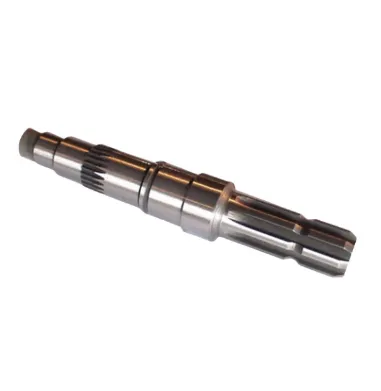
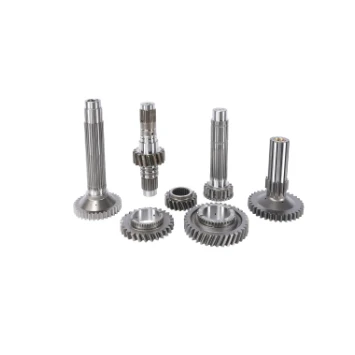
The agricultural and industrial machinery sector is experiencing remarkable growth, and at the heart of this expansion lies the trade and supply of tractors.
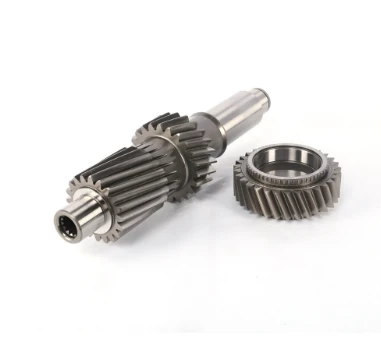
In the world of heavy - duty construction, the seamless operation of machinery is crucial for large - scale projects.
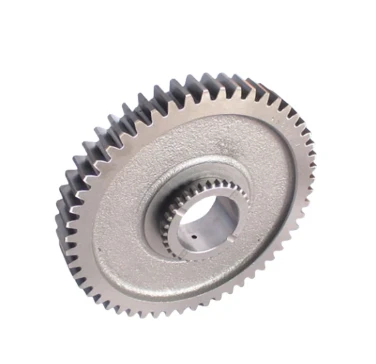
The world of tractors is vast and varied, catering to both practical agricultural needs and the passionate interests of collectors.
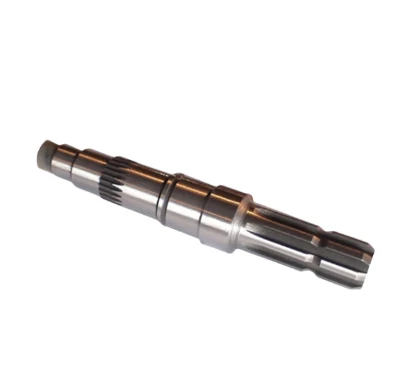
The agricultural and construction machinery landscape is constantly evolving, with tractors standing as essential workhorses for a variety of tasks.
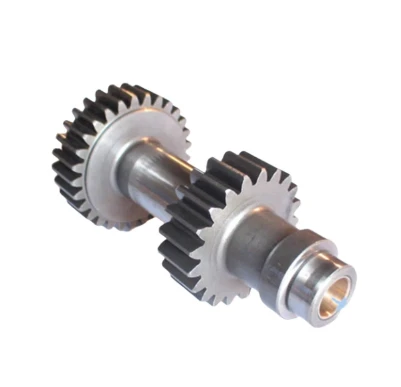
In the intricate world of mechanical engineering, gears are fundamental components that enable the seamless transfer and manipulation of power.
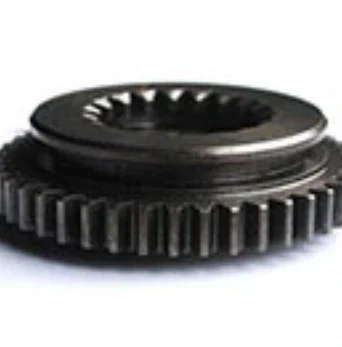
The market for tractors is a bustling hub, catering to a wide range of needs from large - scale farming operations to small - scale gardening projects.
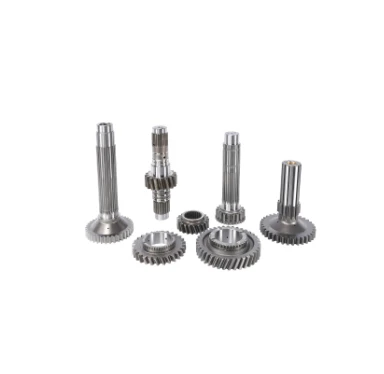
In the dynamic world of farming, machinery has become an essential part of efficient and productive operations.
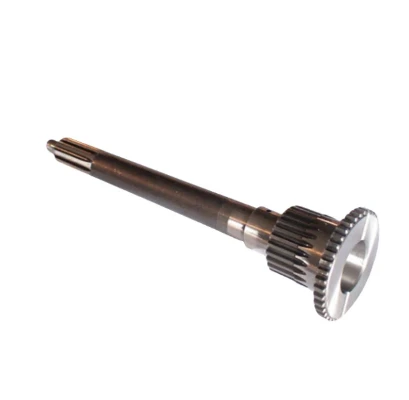
In the expansive realm of agriculture, various tools and machines play crucial roles in ensuring efficient crop production and overall farm management.
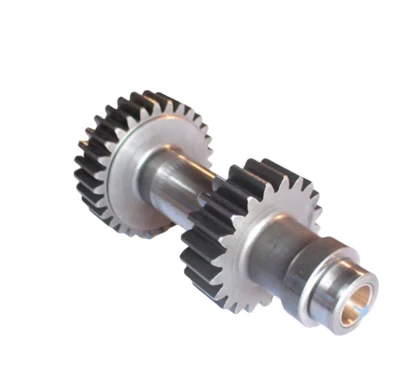
Tractors are essential workhorses in the agricultural and construction sectors, playing a pivotal role in a wide range of tasks.
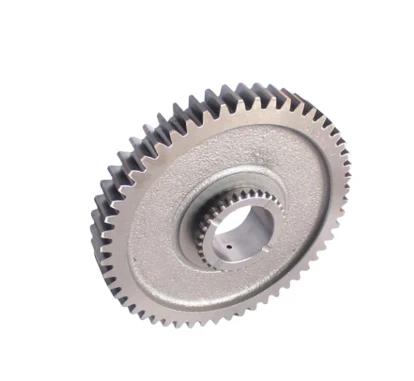
The agricultural and construction sectors rely heavily on tractors for their operations, and the entities involved in the production, distribution, and pricing of these machines shape the industry's trajectory.
International layout
Spread all over the world
our products are exported to various parts of the world. Currently, our products have been exported to more than 40 countries Our products cover Asia, Europe, Africa, South America, North America, and Oceania
Sign up
for Newsletter
Subscribe to the weekly newsletter for all the latest updates







